Resonant with the rich flavors of hemp, coriander, fenugreek, cardamom, and rose, majoun is a traditional cannabis edible and herbal remedy with deep roots. Dried fruit, nuts, and dark, sweet honey form the base of this candy while the lightest touch of orange flower water added at the very end gifts it a lift.
Jump to Recipe | What is it? |What's in it? | Tips| Variations
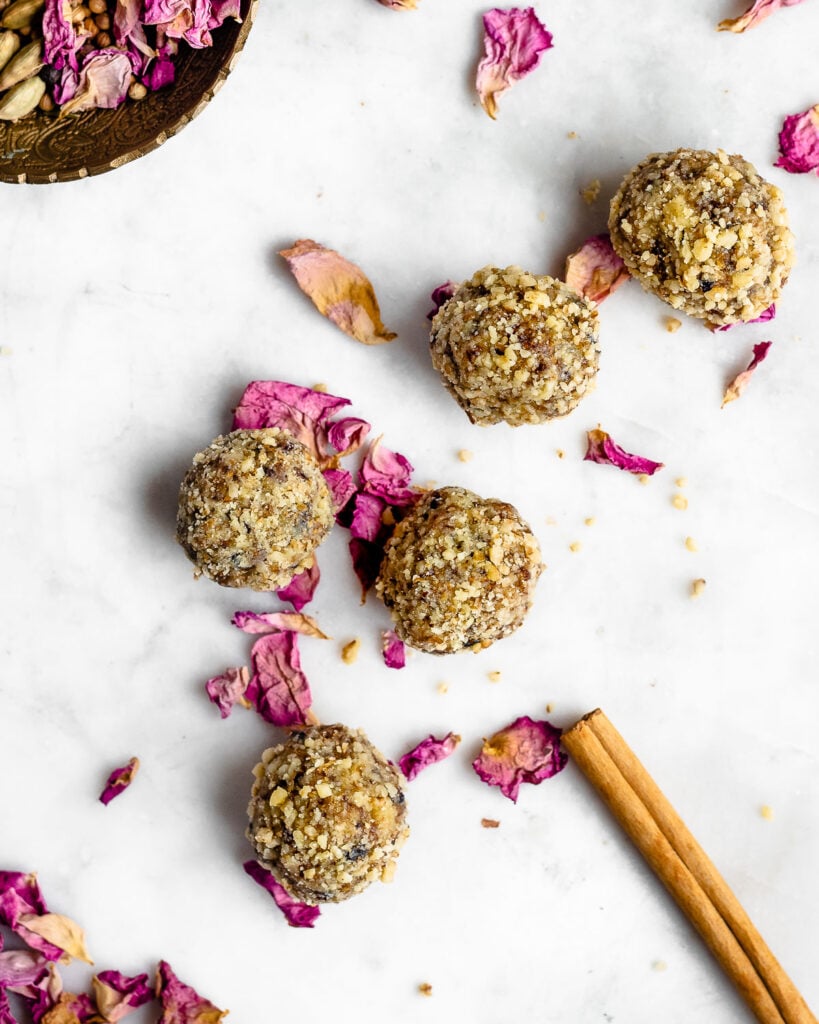
What is it?
Majoun is a traditional Moroccan treat made from dried fruit, nuts, spices, and cannabis-infused butter. The treat is traditionally used to bring love, laughter, and joy, ease pain, and cement friendships (1). It's typically consumed in the evenings, and to warm the body on cold nights or even ward off a cold (2).
As with CBD Oil, majoun requires activating the cannabis with heat and infusing it into fat in order to render it potent and bioavailable. Traditionally the vehicle for this transformation was smen, a type of fermented butter. While smen isn't widely available outside of Morocco, cultured ghee or even salted butter works well in a pinch.
Older recipes usually call for dried cannabis leaves and trim (3, 4, 5) while newer recipes often favor hash instead of trim, making the treat considerably more potent. In the version I make, I use high-CBD hemp trim with negligible or nondetectable THC content (such as this one).
While it may lack heady effects, CBD is still rich in beneficial cannabinoids that support mood (6), ease pain (7), and soothe digestion (8). Accordingly, majoun is both delicious and medicinal.
What's in it?
Majoun contains six fundamental ingredients: dried fruit, nuts, honey, butter, cannabis, and spices. The ingredients are simple, but they also deliver a deeply complex and rich flavor.
- Dried Fruit: Recipes typically include a mixture of dried fruits such as dates, figs, apricots, and raisins. In my version, I use a mixture of dates and figs which give the candy its sweetness and a little buttery depth.
- Nuts: Like dried fruits, nuts provide bulk and recipes typically include almonds and walnuts, although hazelnuts and pistachios taste delicious in this recipe, too.
- Honey: Honey helps bind the ingredients together while also amplifying the sweetness of dried fruit. Dark, robust kinds of honey, such as buckwheat, work particularly well to balance the dried fruit and herbs.
- Cannabis: I like to use a high-CBD strain, but many newer recipes call for hash.
- Butter: Smen (fermented butter) is added to most recipes, but you can substitute salted butter or ghee.
- Spices: Spices typically include a wide variety of sweet, warming herbs such as cinnamon, anise, ginger, nutmeg, fenugreek, cardamom, and cumin. You can also purchase ras al hanout, a Moroccan spice blend to add to majoun.
Tips for making majoun
Majoun is easy to make, and similar to making other herb-based dried fruit balls such as sugar plums. But, there are a few tips you'll want to keep in mind if you make them.
- The beneficial compounds in cannabis are activated through heat. To absorb CBD and other beneficial cannabinoids, you'll need to heat the herb first in a process called decarboxylation. You can do this in an oven at a low temperature; however, for precision and ease, I recommend using a decarboxylator such as the Ardent Fx.
- Strain the infused butter well, or your majoun may taste gritty. A fine-mesh sieve lined with butter muslin works well.
- Grind your fruit and nuts very fine so that they form balls more easily. Your nuts should be about the consistency of almond flour.
- If your spice cabinet is sparse, and you don't feel like buying the spices listed in the ingredient list for only one recipe, try using a blend of sweet warming spices that you like or pick up a small packet of ras al hanout.
- Use gloves to form the majoun. Owing to the high butter content, the majoun mixture can feel a little greasy, and it's often easier to form the balls when wearing gloves.
- If you use a high-THC cannabis rather than the high-CBD version that I recommend, calculate the strength of your edible here and eat small portions, allowing several hours for them to take effect before taking another dose.
Variations
Add chocolate. Add melted chocolate into the dried fruit mixture or coat the majoun in chocolate.
Skip the cannabis. While cannabis is really the heart of this recipe, you can make it without if you prefer. Try infusing different herbs, such as rose or Calfornia poppy, into the butter as they also have relaxing properties.
Add citrus peel. Orange and lemon peel provide a lovely brightness that balances the deep flavor of dried fruit. Citrus also complements many of the herbs and spices in this recipe.
Try these herbal remedies next
References
- Hurlburt, C.T. (1861) Pathogenic Characteristics of Drugs: Indian Hemp. The United States Journal of Homeopathy.
- Toklas, A.B. (1954) Alice B. Toklas Cookbook. Harper Perennial.
- Wolfert, P. (1973) Couscous and Other Good Foods from Morocco. Harper and Row Publishers.
- Hurlburt, C.T. (1861) Pathogenic Characteristics of Drugs: Indian Hemp. The United States Journal of Homeopathy.
- Bowles, P.; Dagel Caponi, G. (1993). Conversations with Paul Bowles. University Press of Mississippi.
- Campos, A. et al. (2016) Cannabidiol, neuroprotection and neuropsychiatric disorders. Pharmacological Research.
- Fine, P. et al. (2013) The Endocannabinoid System, Cannabinoids, and Pain. Rambam Maimonides Medical Journal.
- Martinez, V. et al. (2020) Cannabidiol and Other Non-Psychoactive Cannabinoids for Prevention and Treatment of Gastrointestinal Disorders: Useful Nutraceuticals? International Journal of Molecular Sciences.


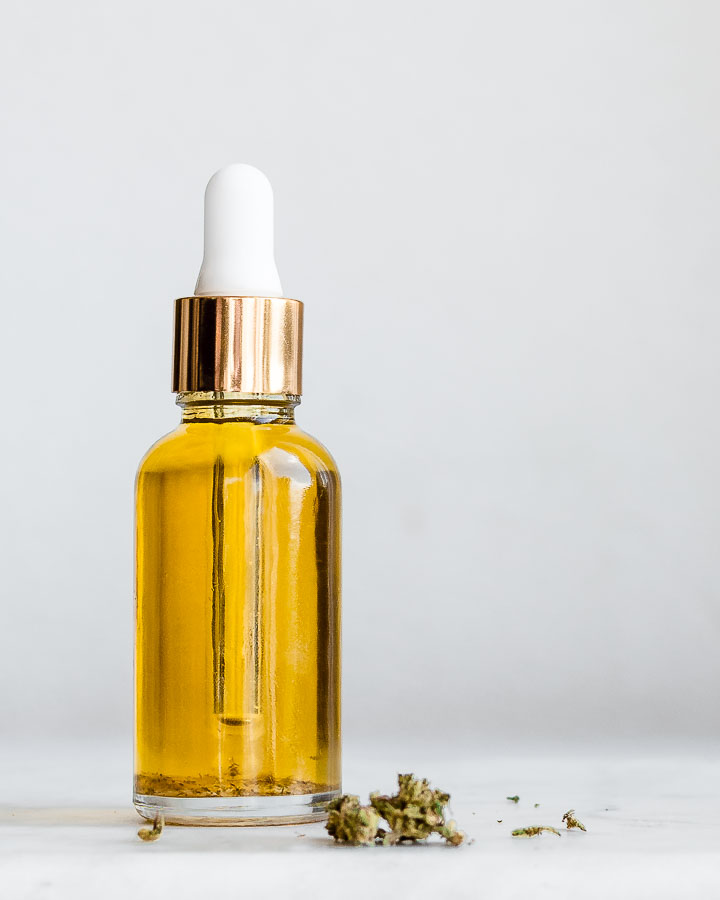
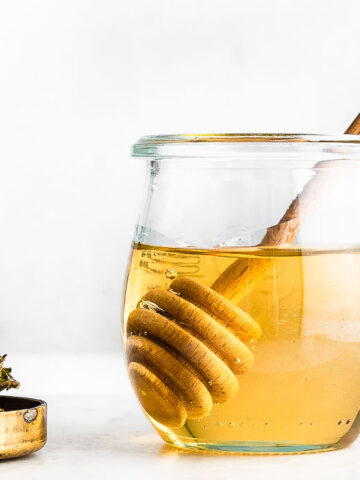
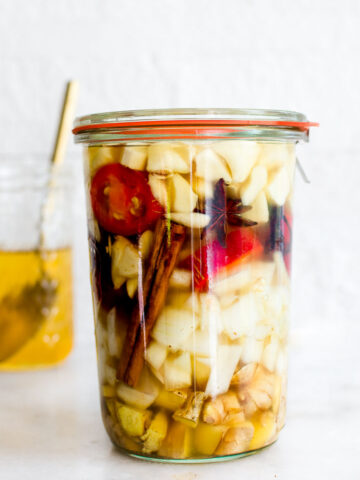
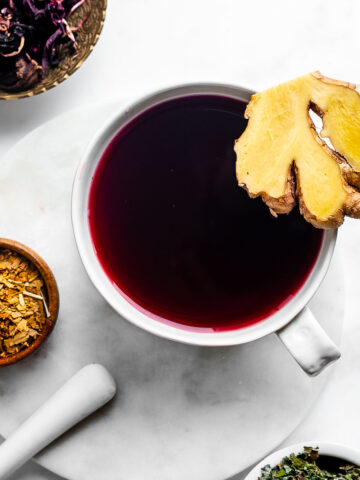
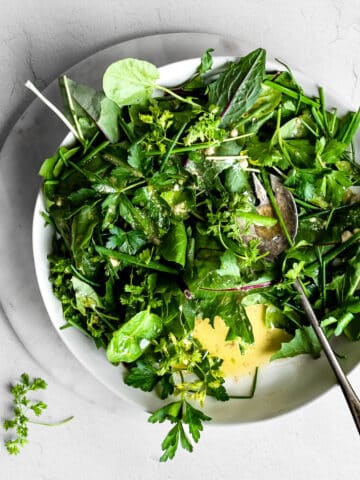
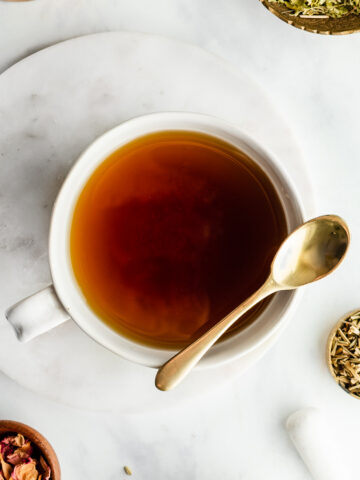

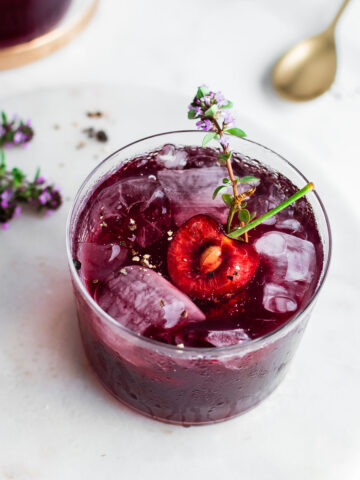
Sara says
Hi Jenny
This looks very interesting, and I am inspired to try it.
I have read about CBD oil before, but I haven't tried any CBD product or recipe before, and I do not own a precision cooker. I was wondering if the recipe would work if I use a commercial high quality CBD oil based on olive oil? Do you think the bitterness from the olive oil will be too dominating in this recipe (compared with infused butter), or is the bitterness from the CBD so strong that the taste of the carrier oil does not make a big difference?
Thanks, Sara.